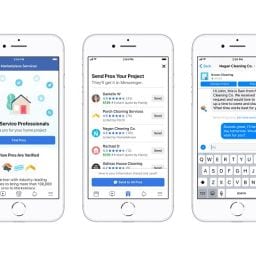Marketing has a lot of moving parts. Those of you who outsource your marketing activities may not know if the effort is paying off. Want the inside scoop? The secret to knowing if your marketing strategy is working is to analyze data.
Modern businesses must interact with their customers online — some companies do it well, by engaging with them in real conversation; others simply push a traditional sales message.
Regardless if you are new to online strategy (social media, blogging, video creation, webinars, live training, etc.), you must analyze data to determine what is — or isn’t — working. Then tweak your strategy to give your audience what it wants.
How to Find the Data
- Google Analytics: A free data tool that is great for comparing month over month, quarter over quarter, and year over year, Google Analytics shows how many clicks to your website you’re getting per platform and which link got you that click. Find the link and you can analyze which style is working for your audience.
- Facebook: If you’re not using a separate social media scheduling tool, Facebook has a feature called Insights. Its data includes which posts gained the most interaction, which posts were shared and which were commented on.
Are there similarities between the posts that get the most engagement? Maybe they are about the same topic, or they are graphics instead of text. Whatever the correlation, use that insight to create posts on your social media editorial calendar.
- Instagram: Instagram doesn’t provide analytics unless you connect your Instagram account to your Facebook page to use the Insights feature mentioned above. Instead, you can use a third-party scheduling tool or Google Analytics, also mentioned above.
- Pinterest: Pinterest offers two ways to analyze data. One feature allows you to click on the “Analytics Overview” to see which boards and pins are your most popular. You can then review which are your own pins and which are from other companies that you’ve saved to your account. The second feature is “Audience Insights,” giving you the exact searches being done and from which categories those audience members are coming.
If you also schedule your pins with the Tailwind scheduling tool, you’ll have access to a set of even more powerful analytics. Combine all of these with Google Analytics, and you’re set up for a data overload.
Remember: Strategy Comes First
Data isn’t a basis for a strategy. Data is feedback; results of a strategy that has already been implemented. As a new business or one that has recently rebranded, you may be doing yourself a disservice if you don’t create a strategy — and then analyze it after 60 days.
When creating a strategy for content marketing online, we start with the people who interact with your company online. What are their personal preferences about when, how, why, and how much you interact with them? We analyze what they like and then use that to help us create a strategy that betters your business.
Remember that data should not start your marketing strategy; it furthers it. By focusing on the customer, businesses can begin to form a better online relationship with them. Customers will notice this difference and engage. This is a long-term approach and requires the kind of preparation one would do for a marathon, not a sprint.






